Home>Gardening & Outdoor>Landscaping Ideas>How To Grow Clover Instead Of Grass
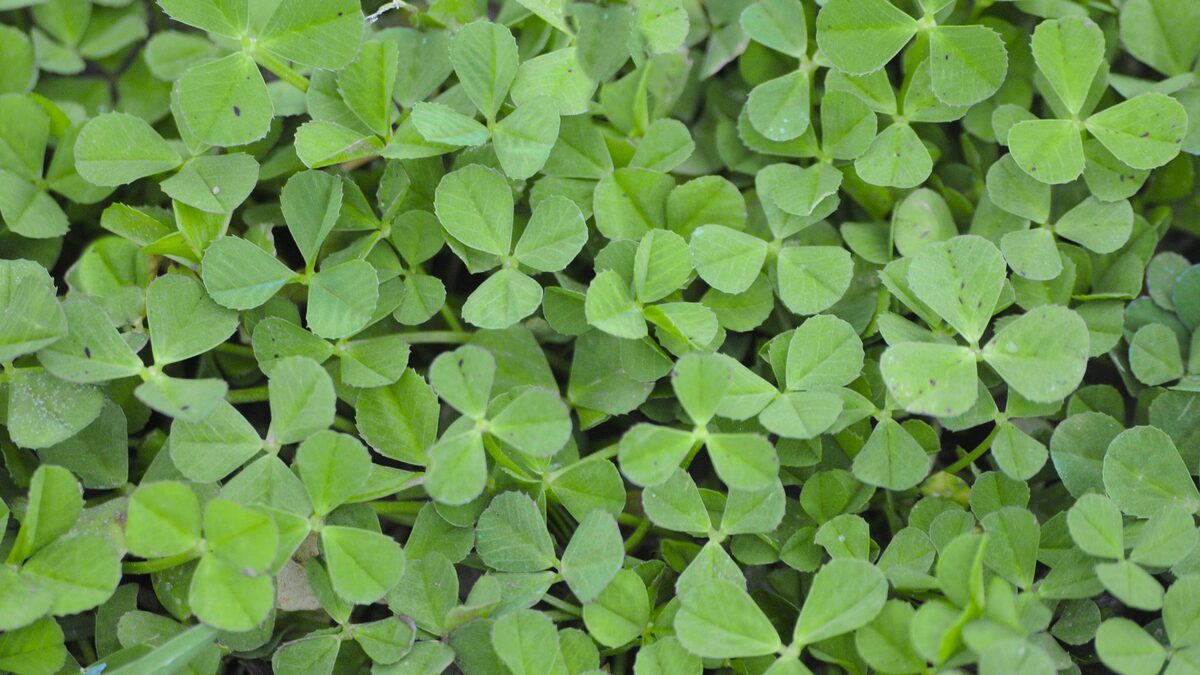

Landscaping Ideas
How To Grow Clover Instead Of Grass
Modified: February 18, 2024
Learn how to enhance your landscaping with clover instead of grass. Discover effective tips and ideas for a beautiful, eco-friendly lawn. Boost your curb appeal with this innovative landscaping solution.
(Many of the links in this article redirect to a specific reviewed product. Your purchase of these products through affiliate links helps to generate commission for Storables.com, at no extra cost. Learn more)
Introduction
Are you tired of maintaining a traditional grass lawn that seems to demand endless mowing, watering, and chemical treatments? If so, it might be time to consider an alternative that not only reduces the amount of time and effort you need to invest but also provides numerous environmental benefits. One such alternative is growing clover instead of grass. While clover has long been considered a weed by many, it actually offers a host of advantages that make it an attractive and sustainable option for your lawn. In this article, we will explore the benefits of growing clover, how to choose the right type of clover, preparing the soil, planting and caring for clover, and maintaining it as a beautiful and eco-friendly grass substitute. By the end, you will have a comprehensive understanding of why clover could be the perfect choice for your landscaping needs. So, let's dive in and discover the wonders of clover as an alternative to traditional grass lawns.
Key Takeaways:
- Growing clover instead of grass offers benefits like less water usage, natural weed suppression, and attracting pollinators. It’s a low-maintenance, eco-friendly option for a lush, resilient lawn.
- Choosing the right clover type, preparing the soil, and proper care are essential for a thriving clover lawn. It’s a sustainable choice that supports biodiversity and reduces environmental impact.
Read more: What To Grow Instead Of Grass
Benefits of Growing Clover
When it comes to landscaping, clover offers a myriad of benefits that make it an appealing choice for homeowners. Here are some of the key advantages of growing clover instead of traditional grass:
- Drought Tolerance: Clover is remarkably drought-tolerant, requiring far less water than traditional grass to thrive. This can significantly reduce your water consumption and contribute to water conservation efforts.
- Nitrogen Fixation: Clover is a leguminous plant, meaning it has the unique ability to fix nitrogen from the air into a form that is usable by plants. This natural process enriches the soil, reducing the need for synthetic fertilizers and promoting a healthier, more sustainable ecosystem.
- Weed Suppression: The dense growth habit of clover helps to suppress the growth of weeds, minimizing the need for chemical herbicides and manual weed control. This can lead to a more environmentally friendly and low-maintenance lawn.
- Low Maintenance: Unlike traditional grass, clover requires minimal maintenance. It grows at a moderate pace and generally only needs periodic mowing, if at all. This can save you time and effort while still providing a lush, green lawn.
- Attractiveness to Pollinators: Clover produces small, delicate flowers that attract bees and other pollinators, contributing to the health of local ecosystems and supporting biodiversity in your garden.
- Resilience: Clover is known for its resilience in challenging conditions, such as poor soil or partial shade. It can thrive in areas where traditional grass may struggle, making it a versatile and adaptable landscaping option.
- Environmental Benefits: By choosing clover over grass, you can reduce your environmental impact. Clover lawns require fewer chemical inputs, less water, and produce less yard waste, aligning with sustainable gardening practices.
These benefits make clover an attractive and eco-friendly alternative to traditional grass lawns, offering both practical and environmental advantages for homeowners and the surrounding ecosystem.
Choosing the Right Type of Clover
When considering clover as an alternative to traditional grass, it’s essential to select the right type of clover for your specific landscaping needs. Several clover species are commonly used for lawns, each with its own characteristics and suitability for different environments. The two most popular options for lawn clover are white clover (Trifolium repens) and micro clover (Trifolium repens var. Pirouette). Here’s what you need to know about choosing the right type of clover:
- White Clover (Trifolium repens): This classic clover variety is well-suited for lawns due to its low-growing habit, resilience, and ability to thrive in a wide range of soil types and conditions. White clover is known for its nitrogen-fixing properties, which can improve soil fertility and reduce the need for additional fertilization.
- Micro Clover (Trifolium repens var. Pirouette): Micro clover is a smaller, more compact variety of white clover that has gained popularity for its fine texture and ability to blend seamlessly with grass species. It requires minimal mowing and creates a dense, lush appearance, making it an excellent choice for a low-maintenance lawn with a uniform, vibrant green color.
When choosing the right type of clover for your lawn, consider factors such as the local climate, soil conditions, desired maintenance level, and aesthetic preferences. Both white clover and micro clover offer exceptional benefits for homeowners seeking a sustainable and visually appealing lawn alternative. By selecting the appropriate clover variety, you can create a thriving and resilient lawn that enhances the beauty of your outdoor space while reducing maintenance requirements and environmental impact.
Preparing the Soil for Clover
Before planting clover as an alternative to grass, it’s crucial to prepare the soil to create an optimal environment for clover growth. Proper soil preparation can significantly impact the success and longevity of your clover lawn. Here are the essential steps to prepare the soil for clover:
- Soil Testing: Start by conducting a soil test to assess the pH level and nutrient content of your soil. Clover thrives in slightly acidic to neutral soil with a pH range of 6.0 to 7.0. If necessary, adjust the soil pH using lime or sulfur to create a favorable growing environment for clover.
- Weed Control: Remove any existing weeds from the area where you plan to plant clover. This can be done manually or with the use of a natural herbicide. Eliminating weeds before planting will help prevent competition for resources and promote the healthy establishment of clover.
- Aeration: Aerating the soil can improve its structure and drainage, creating a more hospitable environment for clover roots to penetrate and access essential nutrients and moisture. Use a garden fork or aerator to loosen compacted soil and enhance air circulation.
- Adding Organic Matter: Incorporate organic matter such as compost or well-rotted manure into the soil to enhance its fertility and moisture retention capabilities. This organic amendment can provide essential nutrients for clover growth and contribute to long-term soil health.
- Seedbed Preparation: Prepare a smooth and level seedbed for planting clover seeds. Rake the soil to create a fine, firm surface, which will facilitate good seed-to-soil contact and improve germination rates.
By following these soil preparation steps, you can create an ideal foundation for establishing a thriving clover lawn. Proper soil pH, weed control, aeration, organic matter incorporation, and seedbed preparation are essential elements of preparing the soil for clover, setting the stage for successful establishment and long-term growth of this sustainable and low-maintenance lawn alternative.
Consider overseeding your lawn with clover seeds in the early spring or late summer. Clover is a low-maintenance alternative to grass and can help improve soil health.
Planting and Caring for Clover
Planting and caring for clover involves several key steps to ensure successful establishment and long-term growth. Whether you are overseeding an existing lawn with clover or starting from scratch, the following guidelines will help you achieve a lush and resilient clover lawn:
- Seed Selection: Choose high-quality clover seeds from a reputable supplier. Consider the specific variety of clover that best suits your lawn’s needs, whether it’s white clover or micro clover, and select seeds that are free from impurities and have a high germination rate.
- Seeding Rate: Determine the appropriate seeding rate based on the desired clover coverage. Typically, clover is seeded at a rate of 1/4 to 1/2 pound per 1,000 square feet for a pure clover lawn or at a lower rate for overseeding an existing grass lawn.
- Seed Distribution: Evenly distribute the clover seeds over the prepared seedbed, ensuring thorough coverage of the area. Lightly rake the seeds into the soil at a depth of 1/4 inch to promote good seed-to-soil contact and enhance germination.
- Watering: Keep the seeded area consistently moist during the germination period, typically around 7-10 days. Avoid overwatering, which can lead to seed displacement, and ensure that the soil surface does not dry out, as adequate moisture is crucial for successful seedling establishment.
- Mowing: Once the clover is established, adjust your mower to a higher setting to allow the clover to grow to a height of 3-4 inches before mowing. Periodic mowing will help maintain the clover at an optimal height and promote a dense, uniform lawn appearance.
- Fertilization: In most cases, clover does not require additional fertilization due to its nitrogen-fixing capabilities. However, if soil tests indicate a need for specific nutrients, apply a balanced, slow-release fertilizer according to the recommended rates.
- Companion Planting: Consider overseeding clover with a compatible grass species to create a diverse and resilient lawn. Certain grasses, such as fine fescue or perennial ryegrass, can coexist harmoniously with clover, enhancing the overall aesthetic and ecological benefits of the lawn.
By following these planting and care guidelines, you can establish and maintain a healthy and vibrant clover lawn that enhances the beauty of your outdoor space while requiring minimal maintenance. Whether you opt for a pure clover lawn or a clover-grass blend, proper seeding, watering, mowing, and potential companion planting are essential for the long-term success of your clover lawn.
Read more: How To Grow Grass Instead Of Weeds
Maintaining Clover in Place of Grass
Maintaining clover as a grass substitute involves a different approach compared to traditional lawn care practices. While clover is naturally low-maintenance, there are specific considerations to ensure its long-term health and vitality. Here’s how to effectively maintain clover in place of grass:
- Mowing Height: Adjust your mower to a higher setting to allow clover to grow to a height of 3-4 inches before mowing. Maintaining a slightly taller clover height promotes better weed suppression, enhances drought tolerance, and supports the development of a dense and lush lawn.
- Watering: Clover is notably drought-tolerant, requiring less water than traditional grass. Water deeply but infrequently to encourage deep root growth and resilience. Avoid frequent, shallow watering, as this can lead to shallow root systems and weaken the clover lawn’s overall health.
- Weed Control: While clover naturally suppresses weed growth, occasional hand weeding or spot treatment with natural herbicides may be necessary to manage persistent weeds. Avoid using broad-spectrum herbicides that can harm beneficial clover and pollinator populations.
- Fertilization: In most cases, clover does not require additional fertilization due to its nitrogen-fixing ability. However, if soil tests indicate a need for specific nutrients, apply a balanced, slow-release fertilizer at the recommended rates to support clover health without promoting excessive grass growth.
- Overseeding: Periodically overseed the clover lawn to maintain its density and fill in any bare patches. Select high-quality clover seeds and distribute them evenly over the existing lawn, following the recommended seeding rates and practices for successful establishment.
- Pollinator Support: Embrace the presence of pollinators attracted to clover flowers, such as bees and butterflies, by providing a diverse and supportive habitat. Avoid mowing during peak flowering periods to allow pollinators to access the nectar and pollen, contributing to the health of local ecosystems.
- Integrated Pest Management: Implement integrated pest management practices to address potential pest issues in the clover lawn. This approach emphasizes natural and cultural control methods, such as promoting beneficial insect populations and maintaining a balanced ecosystem, to manage pests effectively.
By following these maintenance practices, you can ensure the long-term health and vitality of your clover lawn, creating a resilient and eco-friendly alternative to traditional grass. With proper mowing, watering, weed control, and occasional overseeding, you can enjoy a lush, low-maintenance clover lawn that enhances the beauty of your outdoor space while benefiting the environment.
Conclusion
Choosing to grow clover instead of traditional grass offers a wealth of benefits that extend beyond the boundaries of your lawn. From its drought tolerance and nitrogen-fixing properties to its low maintenance requirements and support for pollinators, clover stands out as a sustainable and environmentally friendly landscaping choice. By embracing clover as a grass substitute, homeowners can reduce water consumption, minimize chemical inputs, and create a vibrant, resilient lawn that contributes to the overall health of the ecosystem.
When considering clover for your landscaping needs, it’s essential to select the right type of clover, prepare the soil thoughtfully, and follow proper planting and maintenance practices. Whether you opt for white clover or micro clover, the key lies in creating a favorable environment for clover growth, providing adequate care, and embracing its unique characteristics to establish a thriving and visually appealing lawn alternative.
By incorporating clover into your landscaping, you can not only enjoy a beautiful and sustainable lawn but also play a part in promoting biodiversity, supporting pollinators, and contributing to a healthier environment. The decision to grow clover instead of grass is a step toward a greener, more eco-conscious approach to landscaping, reflecting a commitment to sustainable practices and a deeper connection with the natural world.
So, if you’re ready to transform your lawn into a vibrant, low-maintenance oasis that benefits both your household and the environment, consider the wonders of clover as a versatile and sustainable alternative to traditional grass lawns. Embrace the beauty of clover, and let your lawn flourish in harmony with nature.
Frequently Asked Questions about How To Grow Clover Instead Of Grass
Was this page helpful?
At Storables.com, we guarantee accurate and reliable information. Our content, validated by Expert Board Contributors, is crafted following stringent Editorial Policies. We're committed to providing you with well-researched, expert-backed insights for all your informational needs.
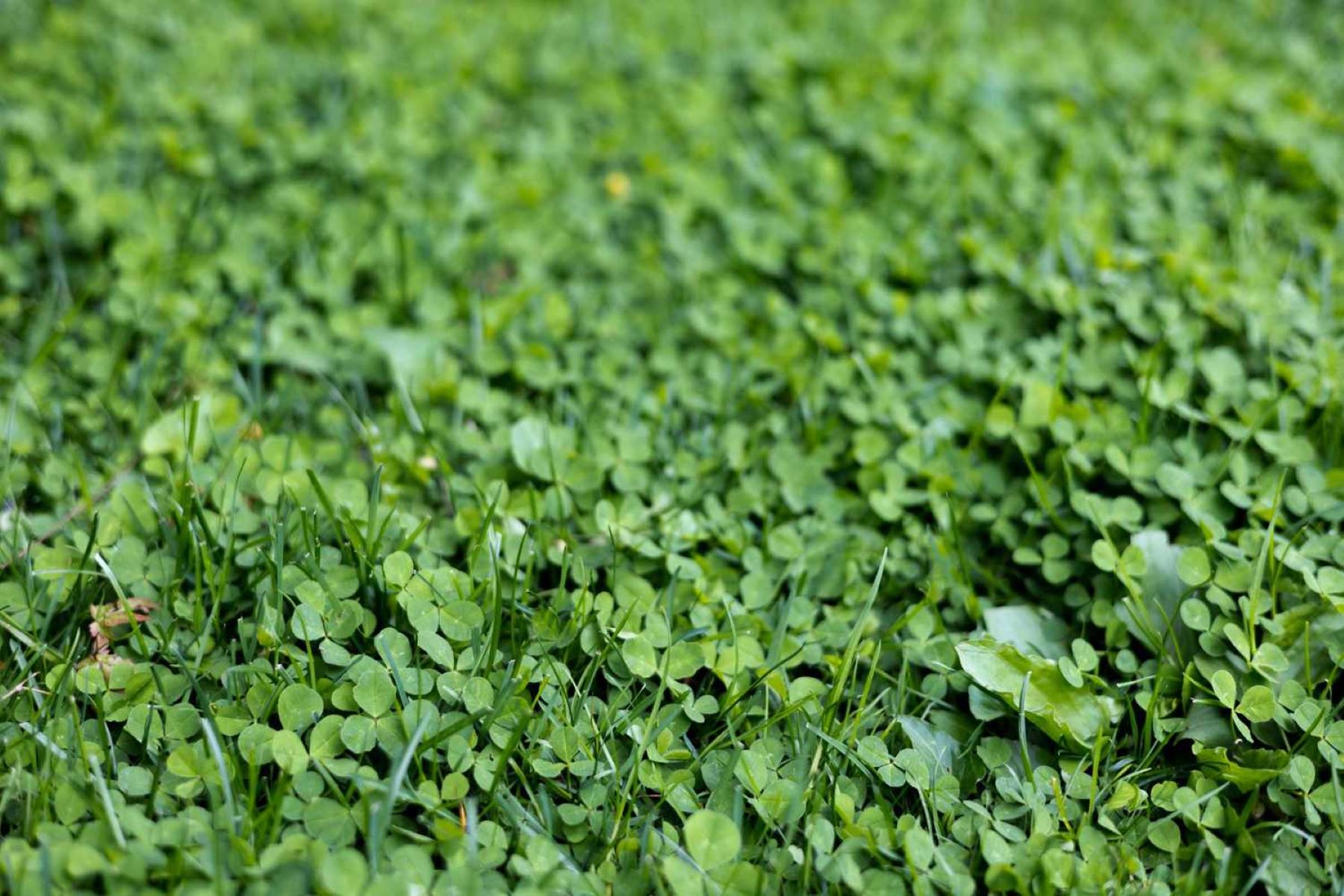
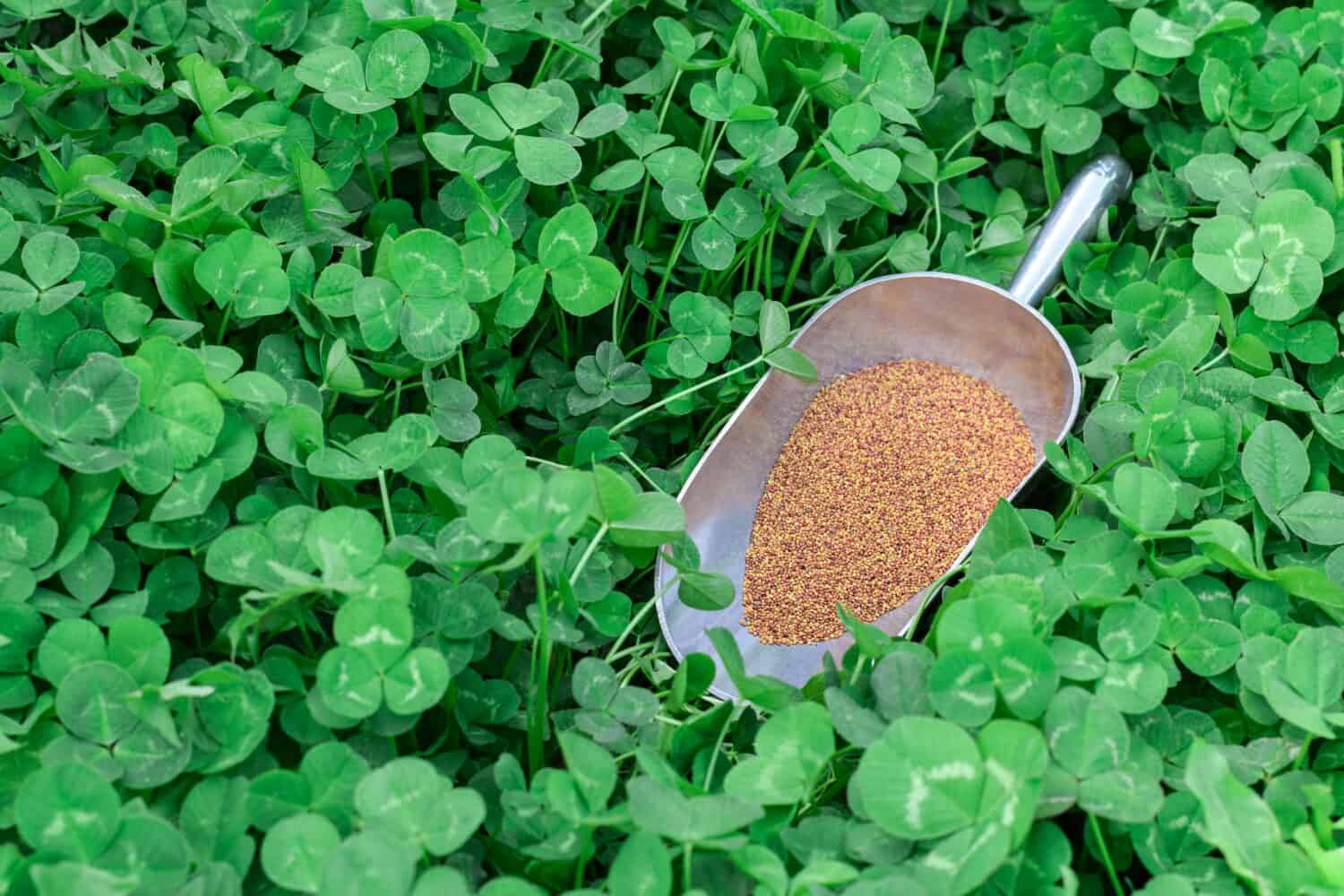
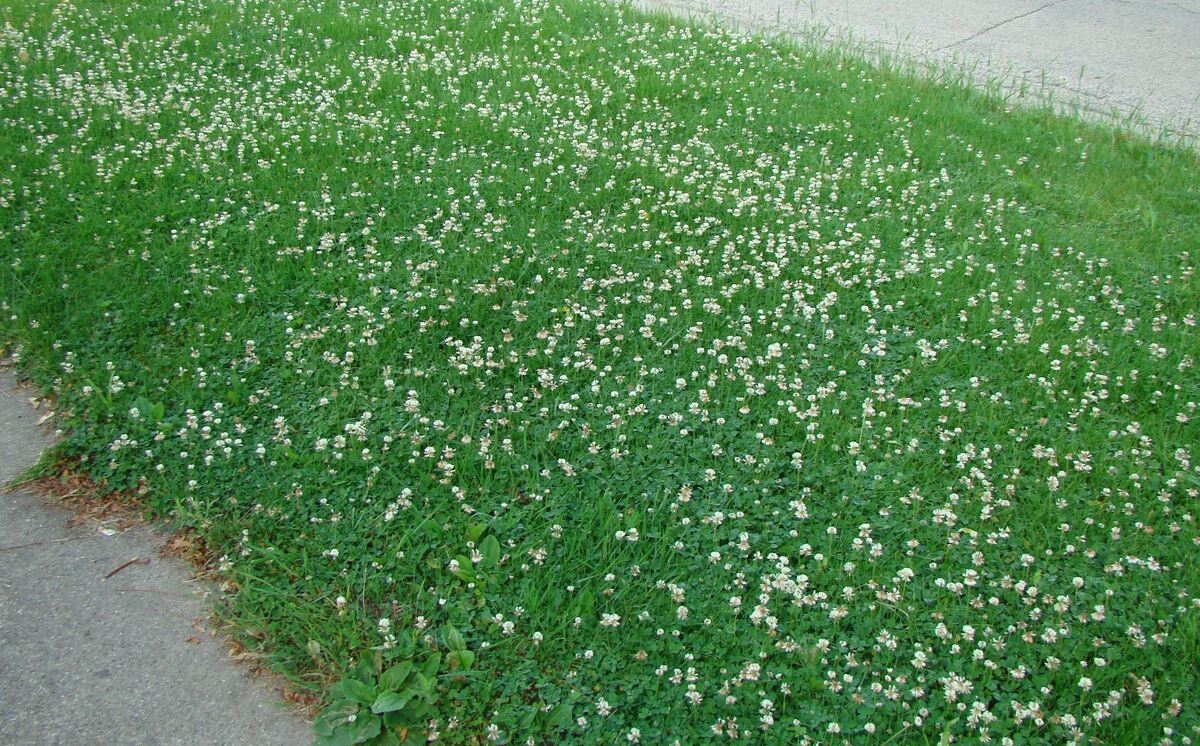
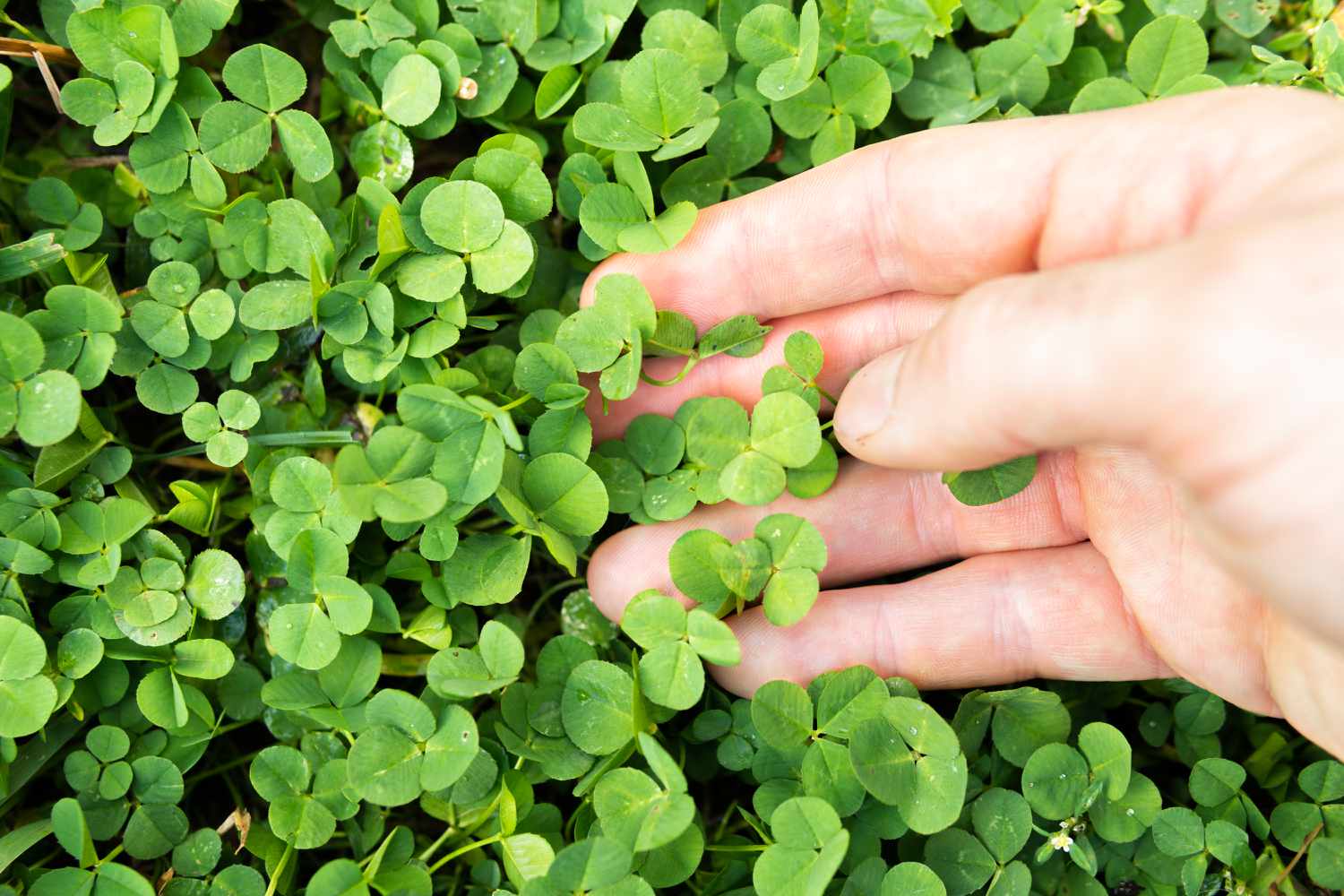
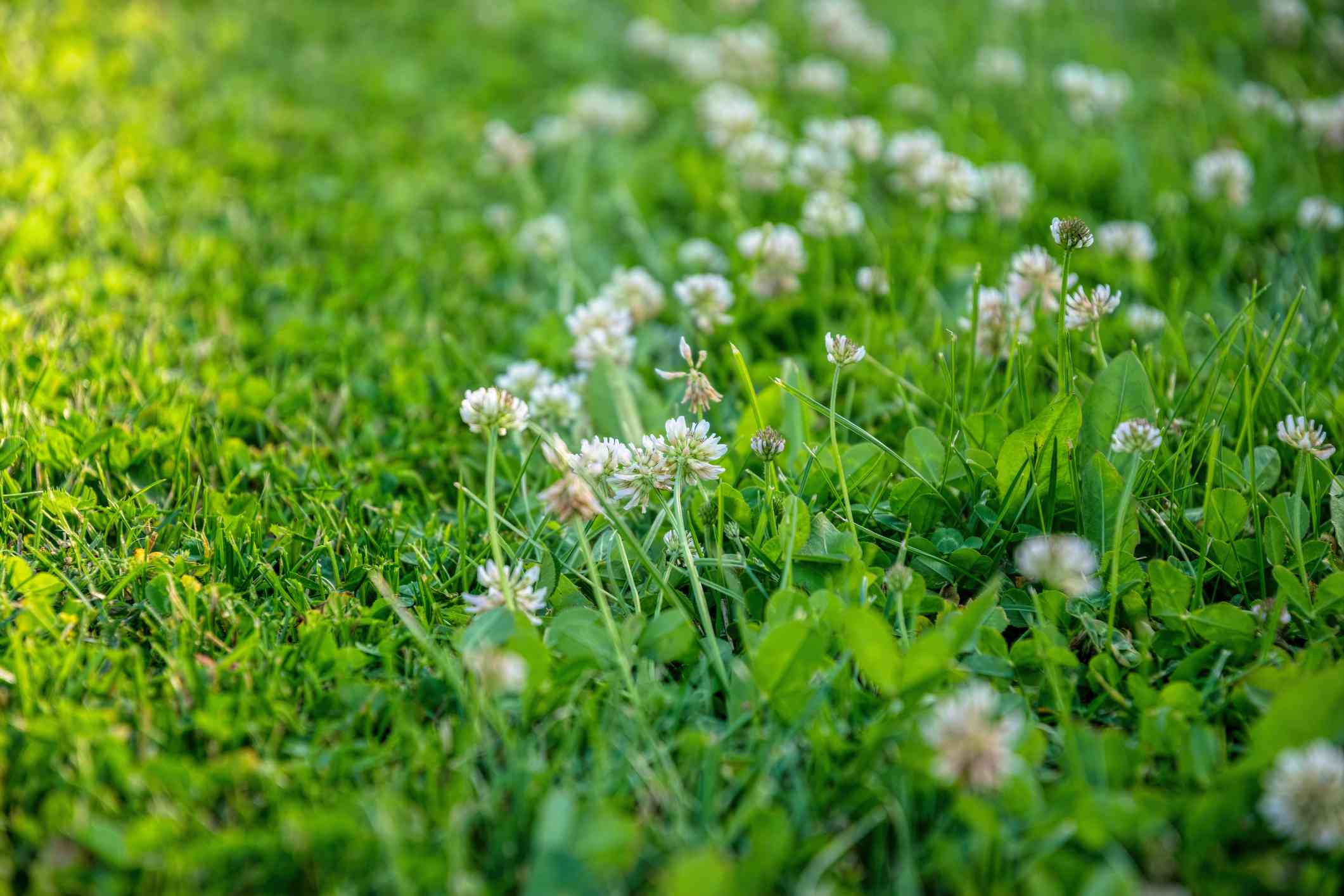
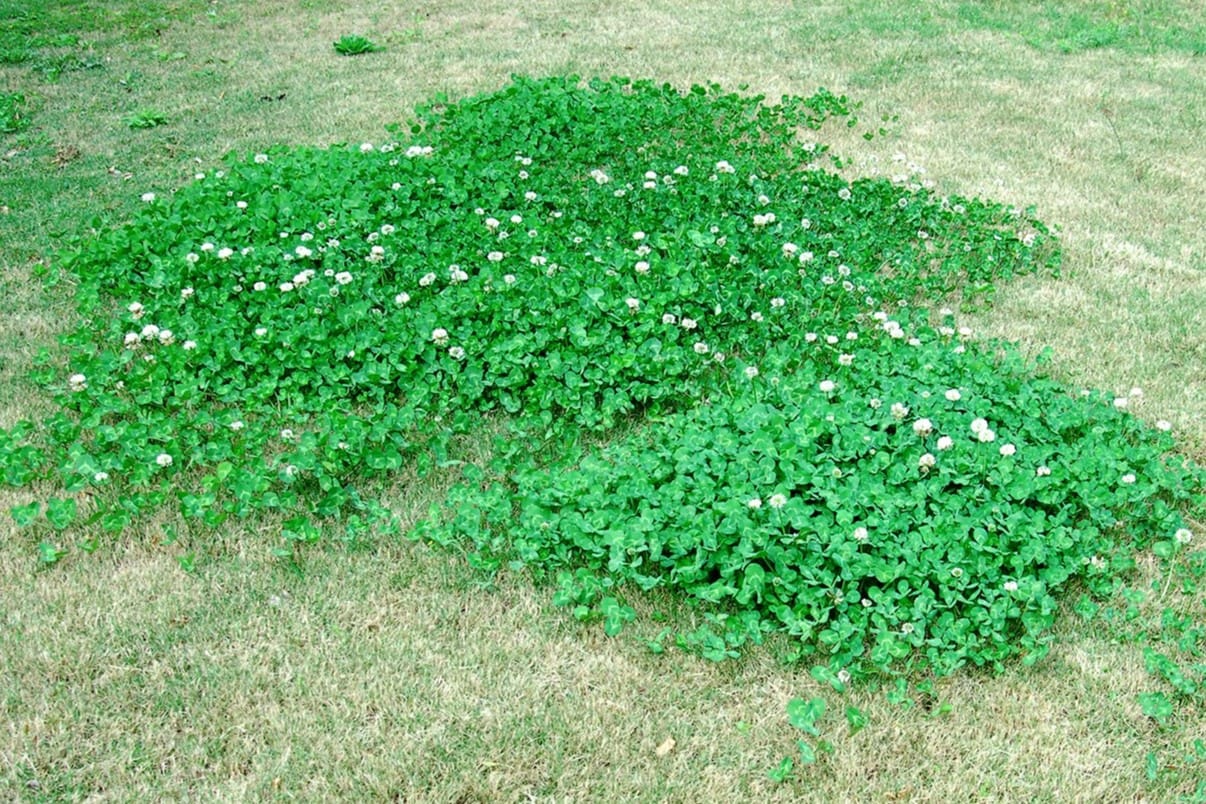
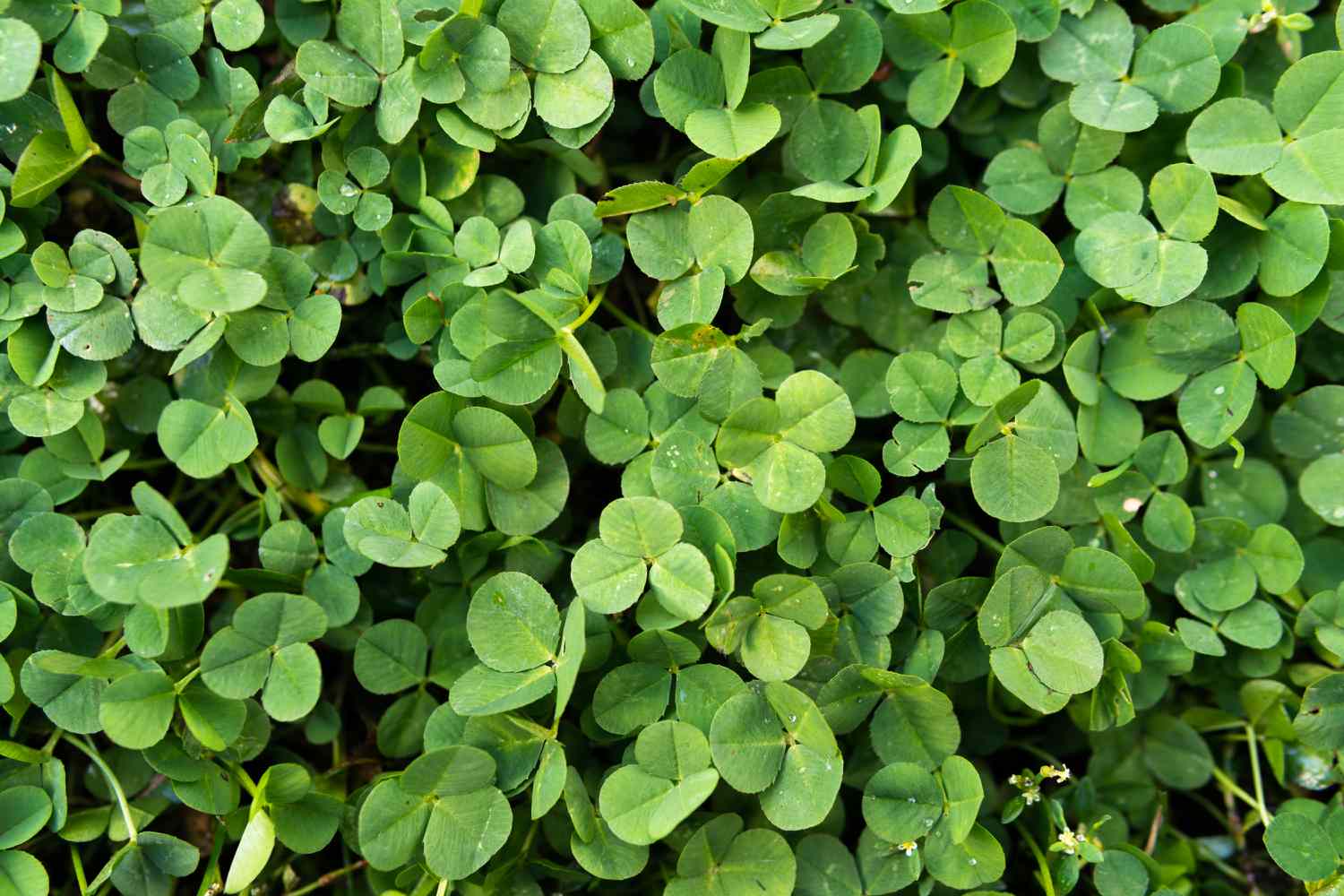
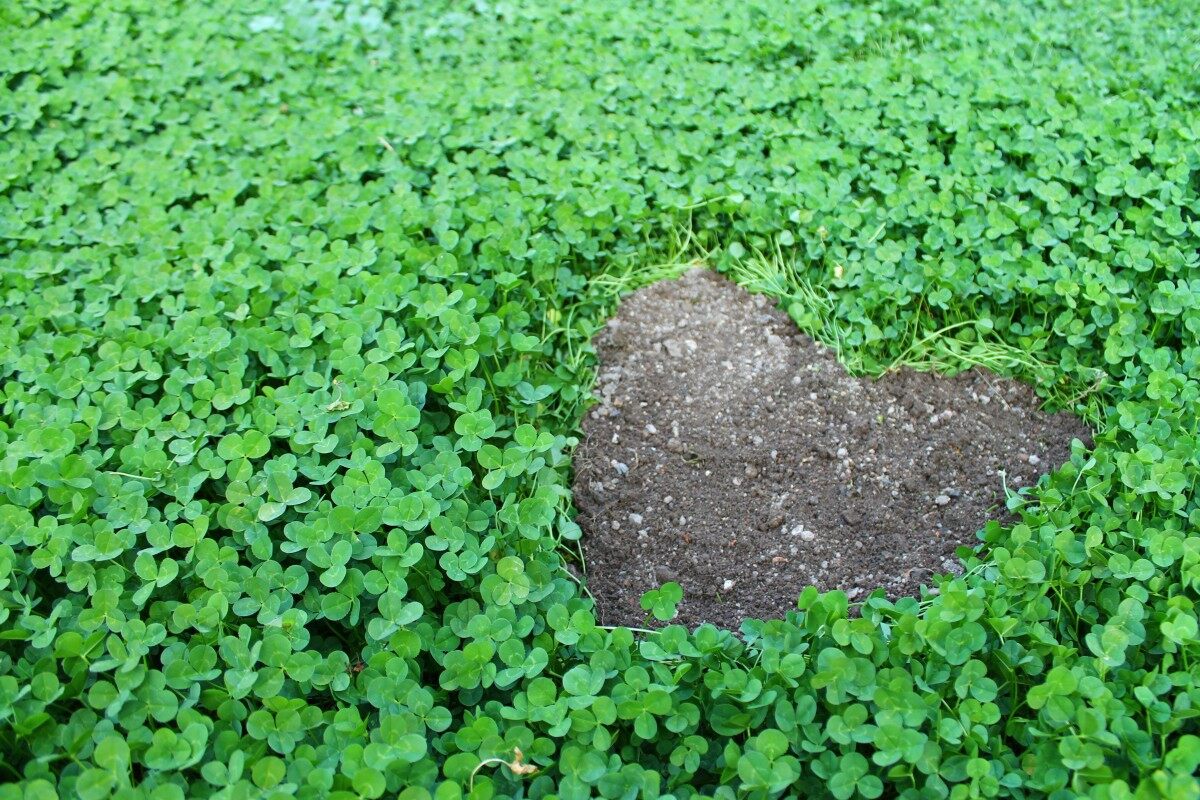
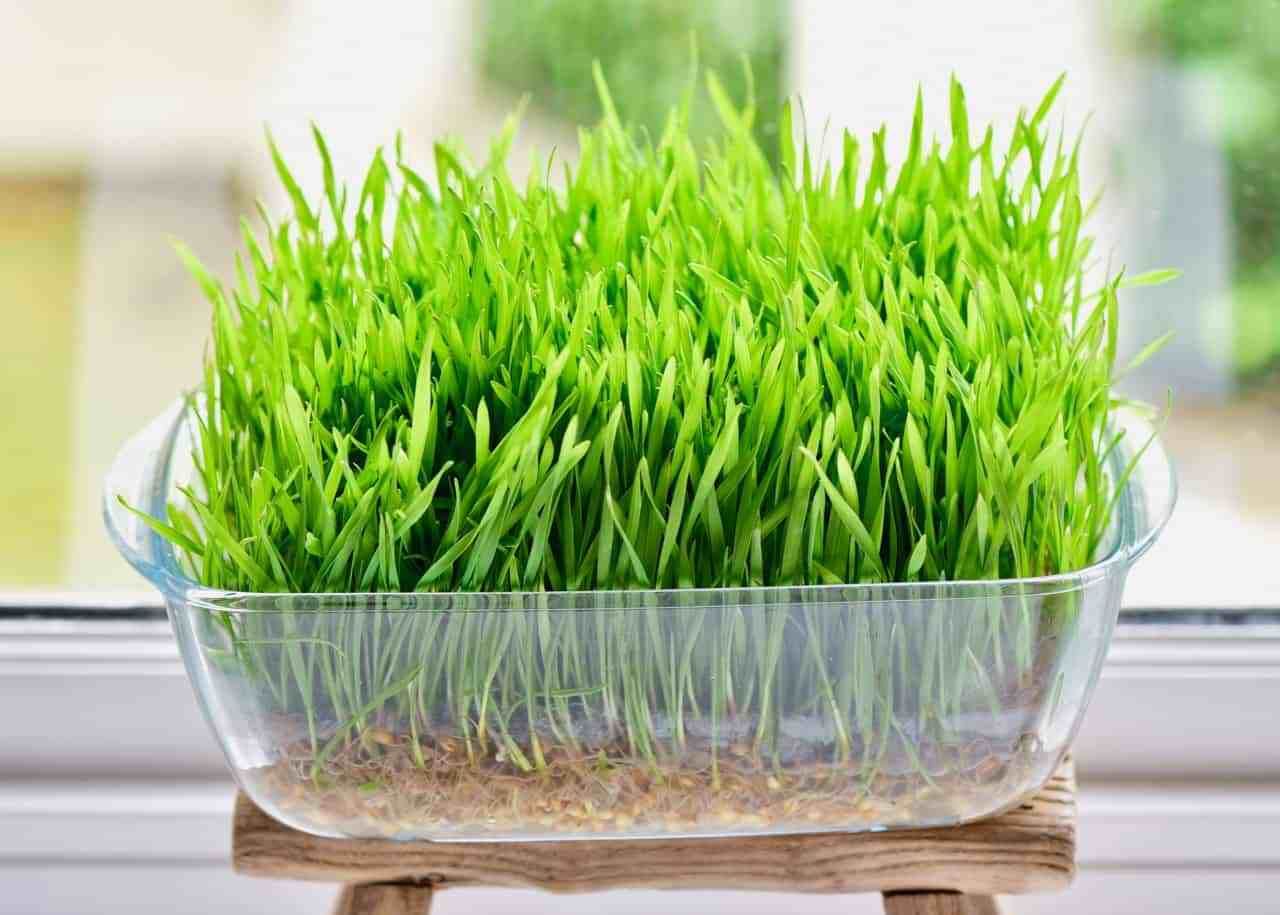
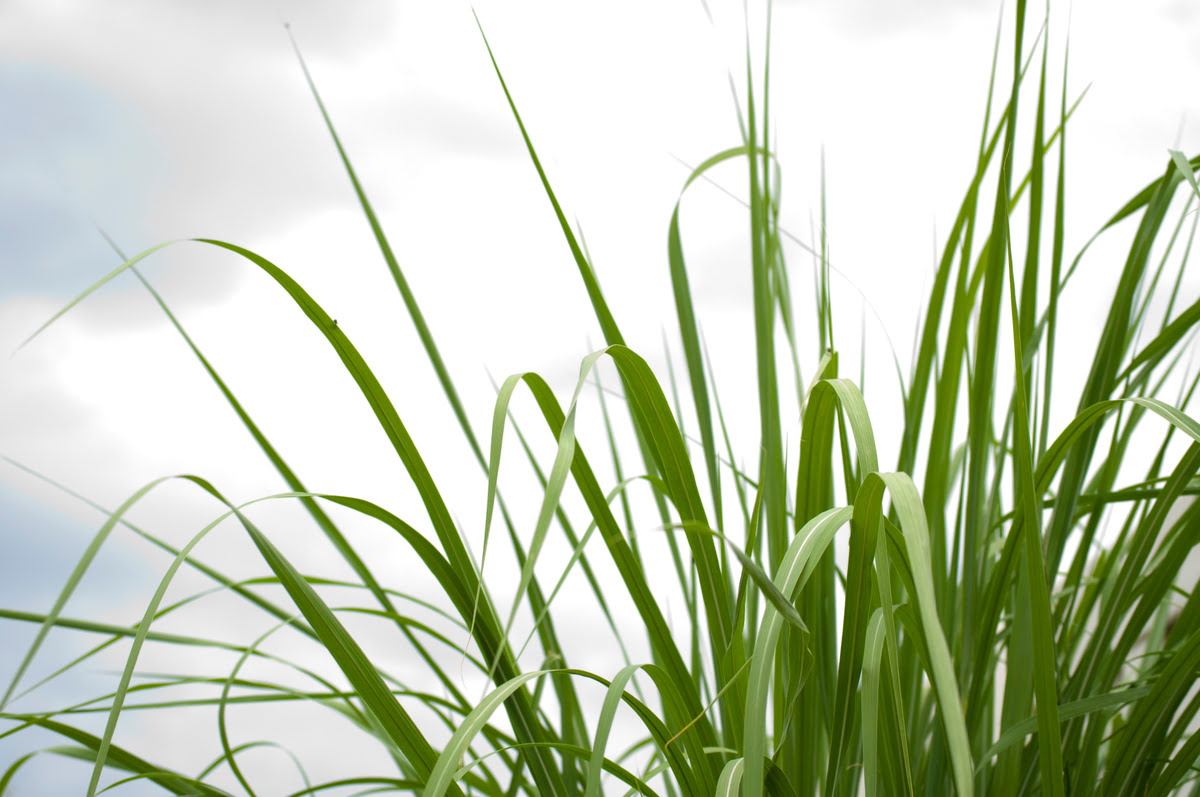
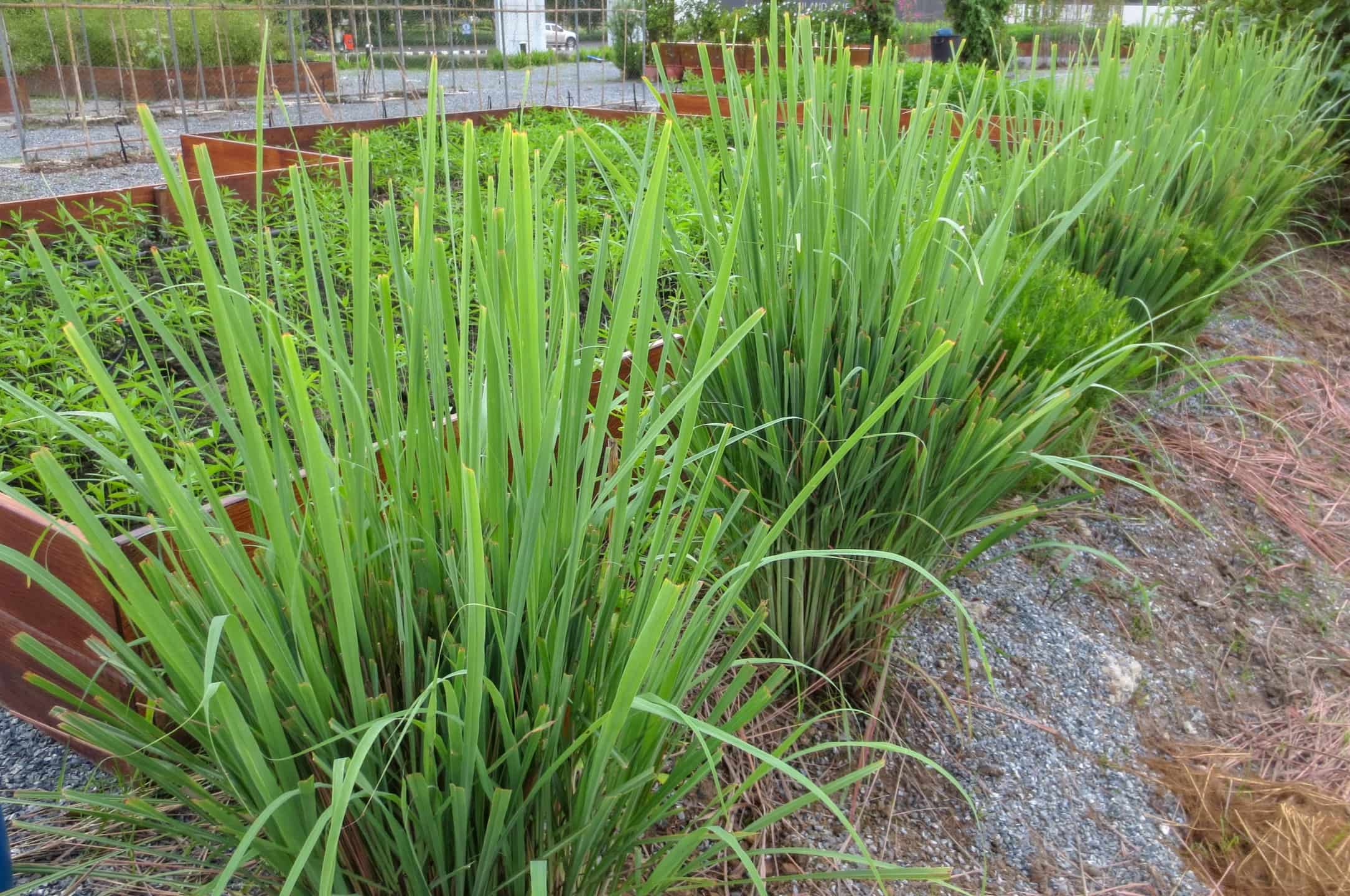
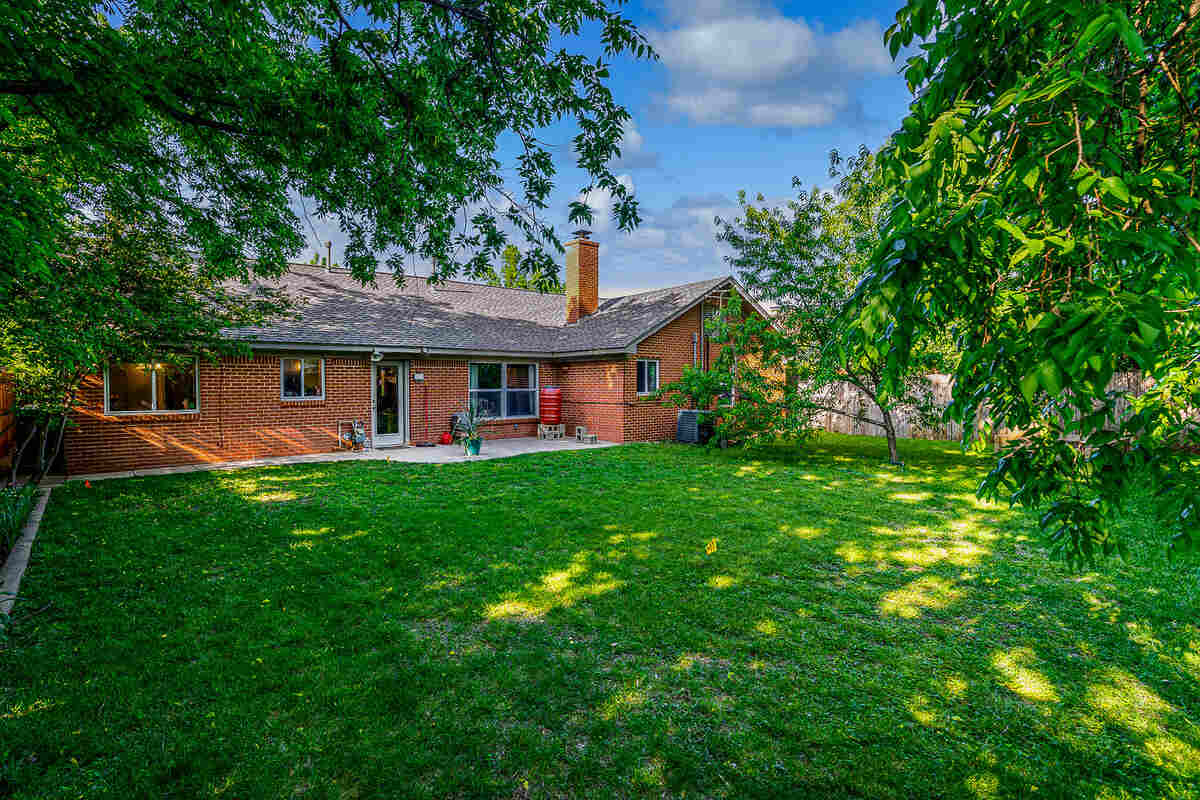
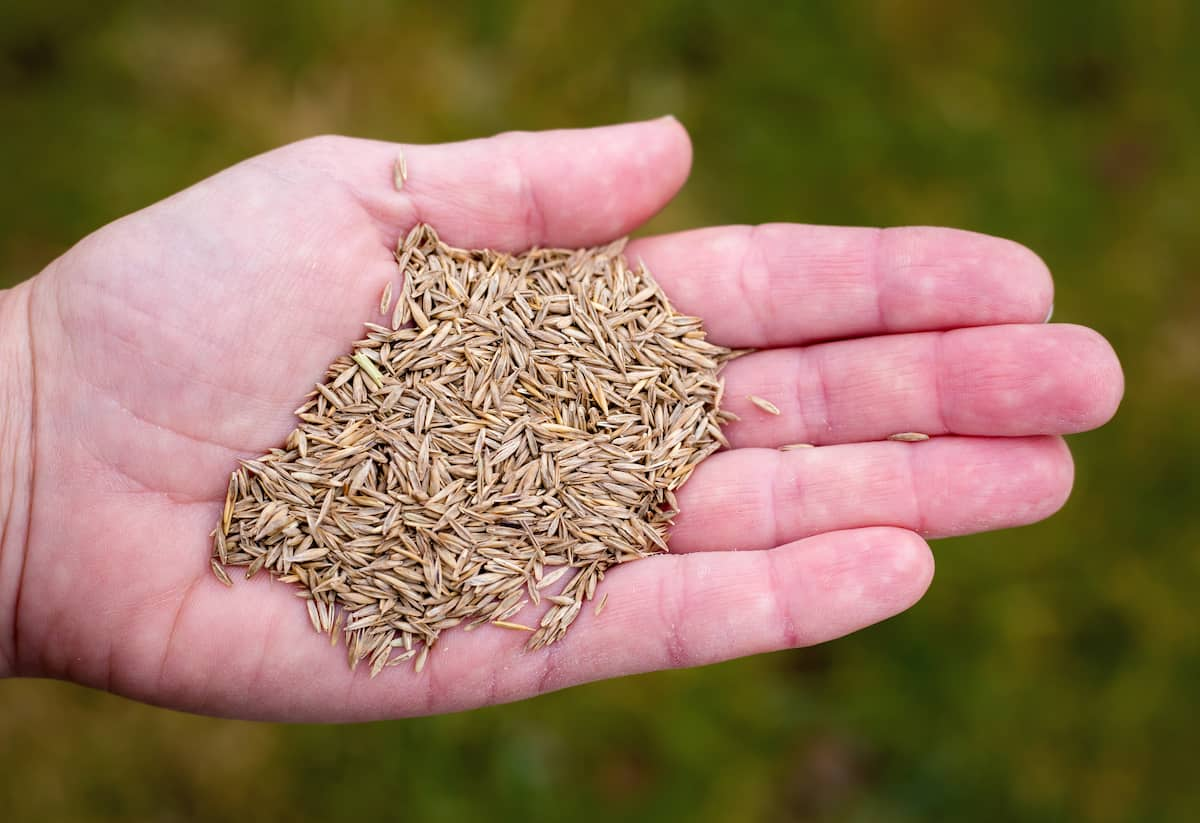
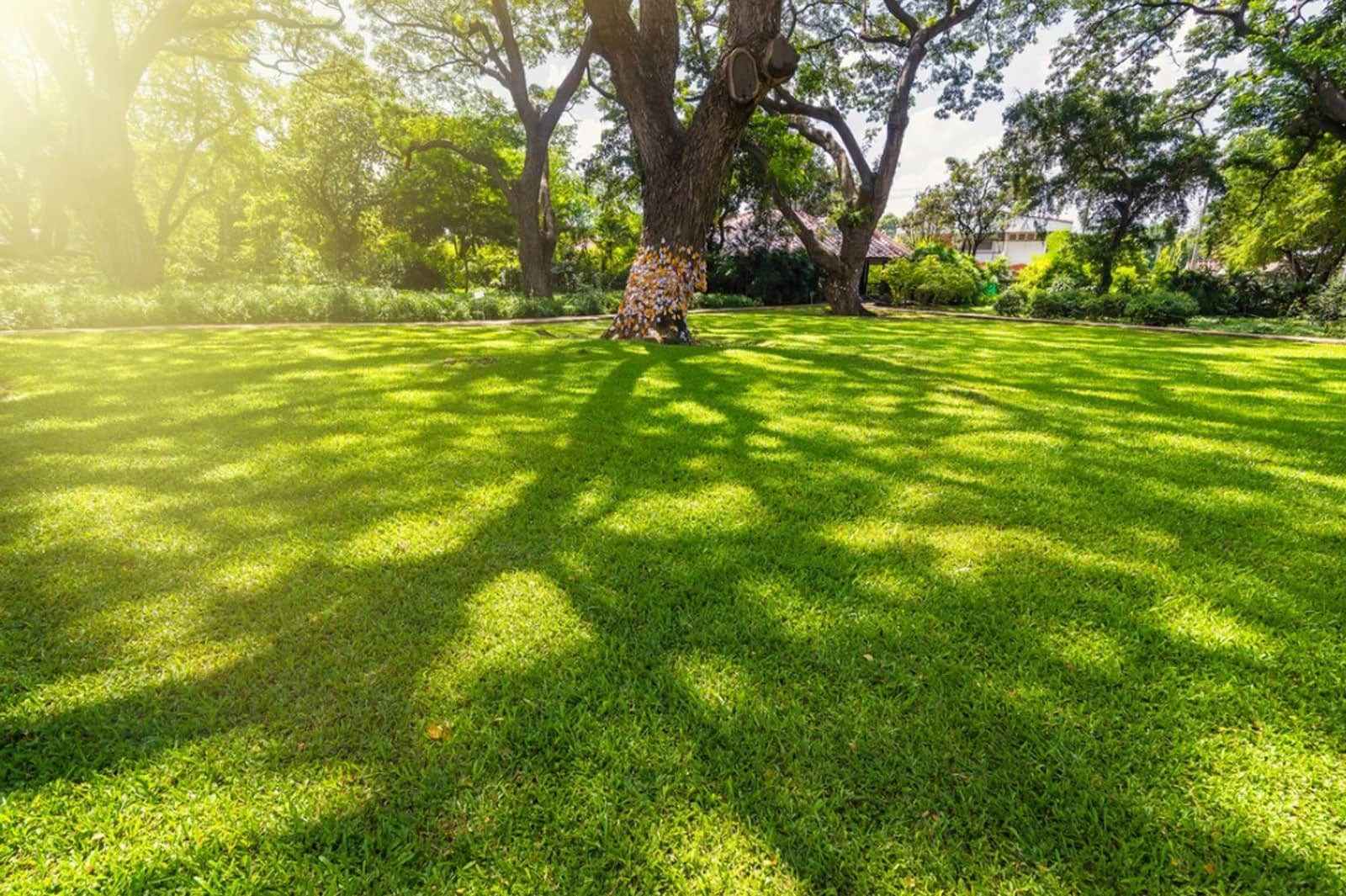

0 thoughts on “How To Grow Clover Instead Of Grass”